Are your damn roads fixed yet? Have they turned a single shovel?
Back in 2021 our governor, upon passage of SB21-260 (see the first link below) proclaimed that we'd finally fix our damn roads (see the contemporaneous Post story linked second below).
While driving to Denver the other day and having my teeth rattle in my head on a rough section of road, I thought back wistfully to those claims. Far from being a measure that collected money to actually fix the surfaces our cars and commerce move on, the bill itself created numerous enterprises only some of which actually work to fix the roads.
I got curious for an update on how much was collected so far and where it's gone, so I asked around. Today's posts will be the results of that digging.
This first post will give an overview of the money collected. The other posts will look at CDOT and then others (Colorado Energy Office, CDPHE).
Let's jump right in. The third link below is to a spreadsheet that the Dept of Revenue maintains for the revenue that comes in from SB1-260 enterprises. It is the most current data on revenue going from July 2021 to now (well, as "now" as now can be, there is a little lag).
To help you navigate what you're looking at, take a look at screenshot 1. I highlighted Revenue Month 3 in Revenue Year 2023. This row is, in plain English, March of 2023 data.
The first thing I was interested in was the total. Per screenshot 2, that is the last column. It gives total revenue by month and year. That $16 million and change from 5/24 is not a running total by the way. That's just May. A to-date sum (July 21 to May 24) is about $300 million.
You can poke around and find some other numbers if you'd like. There's no shortage of them. If you find something noteworthy, please feel free to share to the comments.
Some random things I found:
The state has collected $161 million in retail delivery fees. Those 27 cents per really add up no?
We have paid $90 million extra to CDOT for a road usage fee since it started in April 2023.
EV owners have paid about an extra $30 million in fees to the Bridge and Tunnel Enterprise in CDOT. This was money to make up for a loss of gas tax revenue for EV's.
And one last random thing I noticed having spent a lot of time reading. A goodly amount of the money you have paid so far into these enterprises have created more layers on the bureaucratic onion. Another goodly amount has gone to efforts to reduce pollution. You'll see more details on this if you have the tenacity to stick with the second and third post today.
Given that, I think calling the extra money you're paying thanks to SB211-260 a way to "fix our damn roads" is stretching the truth beyond its elastic limit.
I.e. it's more disingenuousness from our governor and his fellow Democrats.
That's it for totals. In the following posts, we'll look in some more detail at the specific enterprises and what they're doing.
**Note: the Democrats did it this way to circumvent the will of the people who earlier voted in a measure to be asked if the expected revenue were to exceed a certain amount. That is, they took their big "ask" and chopped it up into smaller pieces to avoid needing your consent.
https://leg.colorado.gov/bills/sb21-260
https://www.denverpost.com/2021/06/17/colorado-transportation-funding-law-fees-polis/
What is CDOT doing with their enterprise money from SB21-260?
This is the second post in the series on the fee money our state is collecting from SB21-260 (finally fixing our damn roads). If you haven't yet, go back and read the first post for the necessary context.
This post will be link-intensive and provide you the resources to see what CDOT is doing with the money it gets from all the enterprises created by SB21-260. Below are six links and they correspond to the various entities that get fee money.
In order:
1. The quarterly reports for the Bridge and Tunnel Enterprise (an existing enterprise whose funding increased under the bill)
2, 3, and 4. These are links for the Nonattainment Area Air Pollution Mitigation Enterprise (NAAPME). Link 2 is their 23-24 budget, link 3 is their most recent (2023) annual report, and link 4 is their 10 year plan.
5 and 6. These are links for the Clean Transit Enterprise. Link 5 is their most recent (2023) annual report, and link 6 is their 10 year plan.
Lots to digest and I will (mostly) leave it to you to read up. Obviously if you are intersted in the overall direction of any particular enterprise then look at the 10 year plan. If you are interested in where your money is going right now, look at the budgets and annual reports.
If you do dig in and find something worth sharing, let's talk.
Talking money and where it's going right now are the most feasible and digestible things we can accomplish here. Let's focus on that.
With regard to the Bridge and Tunnel Enterprise, their job is, as their name suggests, to collect money and fix roads and bridges. This predates SB21-260, but the extra revenue added a shot of money in the arm so to speak.
What has this infusion of cash done? There are more details in the quarterly reports, but most of what they've done so far seems to be bureaucratic document-making (it takes time and money to figure out how they'll spend your money), plan-making, and pushing up the timeline on some other projects already planned.
There are lots of projects mentioned, but it's hard to find a direct connection between extra revenue and increased repairs or construction, meaning now that they have this extra money this new unplanned thing is now doable. Their documentation is pretty opaque. Don't forget this is CDOT after all. The impression I get is that we'll give extra money to maybe get some things done faster (and make more paper to put in files). Oh, and settle some legal claims that also predated SB21-260.
Moving to the next one on the list, the Nonattainment Area Air Pollution Mitigation Enterprise (NAAPME), you can see what the legislature charged them with doing in screenshot 1 attached.**
Where the money is going is best seen by looking at the 2023 - 24 budget. That's link 3. You'll note that this enterprise, like that of the bridge and tunnel kind, spent most of its first year getting up and running. Thus most of their expenses are in paying people so far.
Screenshot 2 from the 2023 annual report (link 2) shows a summary of what they'll put their spending money toward once they're going.
I see a fair bit of stuff about transit and making it easier for people to get around without cars. Whether or not this will increase the number of people taking transit is debatable. How many people do you know that say they're going to ride the bus and/or bike to work if only they had sidewalks to do it on. Surely you'll get some. Enough to justify this money out of your pocket ... ?
One more nibble on this one. This ought to surprise no one, but NAAPME is raising their fees. For exact numbers see their annual report at the bottom of page 5.
Lastly we come to the Clean Transit enterprise. Screenshot 3 shows this enterprise's charge by the legislature. And they too, like the previous two, are spending most of their first year or so doing bureaucratic chores.
As with the NAAPME, the Clean Transit folks are raising their fees. Unlike them, however, it seems that the Clean Transit folks are sending money out the door. Screenshot 4 shows the grants they've awarded thus far.
Looking back at the enterprise's business purpose (replacing internal combustion transit) with EV transit, there will clearly be a lot of money spent on the actual vehicles, but this is not all. Remember that the EV's come with infrastructure needs. You have to have places to charge them, knowledge, tools, shops, and parts to maintain them with and etc.
The enterprise estimated these costs on a yearly basis and that estimate (in graph form) is shown in screenshot 5. The yellow bars are the vehicles, the reds and greens are the infrastructure above.
We all know that transit is nowhere near self-sustaining. That means that the bars getting longer will necessarily mean more money out of your pocket. By the way, I'm not sure how much the planners here counted on things like EV bus companies going out of business, parts not being available, and higher prices due to shortages and high demand (due to other government subsidies).
Want my guess? Electrifying will take longer and be significantly more expensive than planned.
That is, in fact, my guess for all three. I read the numbers and an eyebrow goes up because I've lived long enough to know the fees will go up and up while the promised changes will take longer and longer.
Next post is the other, remaining enterprises you're funding.
**Recall the legal theory here, an enterprise is a government business and thus we all play along with the idea that they're taking a fee from you and then providing a service. This is the service they're providing.
https://www.codot.gov/programs/BridgeEnterprise/QuarterlyReports
https://drive.google.com/file/d/19spKJHcljiqlR3d423Gvl-CLNvJ-wX0s/view?usp=sharing
https://drive.google.com/file/d/1OGCig7Qjv8kl79kbmGDyxvHflqKp55tx/view?usp=sharing
https://drive.google.com/file/d/1wGU63Bke-O00GJ8mic4fBhmSY9TZVX49/view?usp=sharing
https://drive.google.com/file/d/15pMBgVrORAlomr0dYUom9xAAlHO2Lj1-/view?usp=sharing
https://drive.google.com/file/d/1h1QiuEwiU1jWiN7lWVeOI-Pd2TuFms6U/view?usp=sharing
What are the non-CDOT enterprises (those housed in the Colorado Energy Office, CEO, and CDPHE) doing with their money from SB21-260?
This is the third and final post in the series on the fee money our state is collecting from SB21-260 (finally fixing our damn roads). If you haven't yet, go back and read the first post for the necessary context.
As in the previous post about CDOT enterprises, there is a forest of links here to manage. Also, as in the previous post, I separated them by enterprise.
Links 1 - 3 are from the Community Access Enterprise housed in the CEO.
1. is a link to the enterprise's 10 year plan
2. is a link to their most recent fiscal statement
3. is a link to their "accountability" dashboard
Links 4 -6 are from the Clean Fleet Enterprise housed in CDPHE.
4. is a link to the enterprise's 10 year plan
5. is a link to their most recent fiscal statement
6. is a link to their "accountability" dashboard
Let's go in that order.
Oh, but before that, let's just note that both enterprises have raised their fees already since they started. So there's that.
Screenshot 1 shows the Community Access Enterprise's charge from the legislature (this is copied from their 10 year plan).
The thing that seemed to me to best encapsulate where the Community Access enterprise was going to focus their attention is in screenshot 2 from their 10 year plan. It shows what the enterprise sees as its best areas to focus on via doling out grants (its primary purpose).
Interestingly too, and seemingly unlike the CDOT enterprises (not a surprise given how opaque CDOT is to accountability and oversight), this enterprise has a dashboard to get a chance to see their spending. If you haven't, go check out link 3. Provides a good summary: it lets you filter by program, location, etc.
Screenshot 3 shows the legislature's charge to the Clean Fleet Enterprise (again, from their 10 year plan).
The best way to encapsulate where this enterprise is going is shown in screenshots 4a and 4b from their 10 year plan
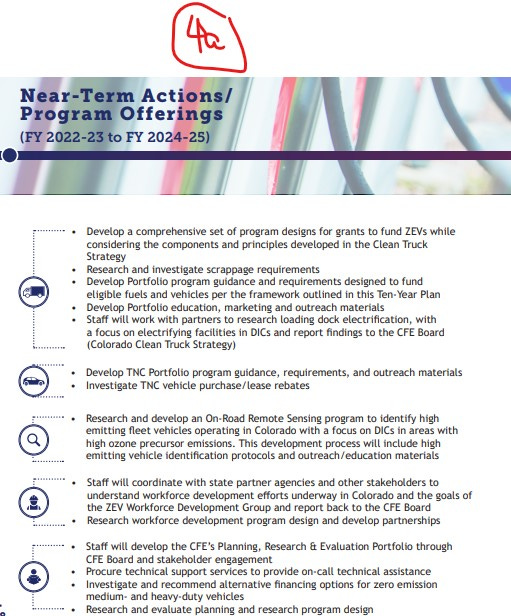
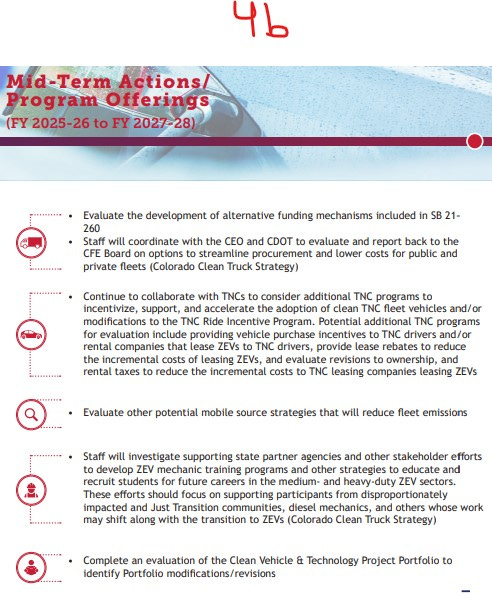
And, like above, this enterprise has an accountability dashboard which is link 6 below. As above, too, it also is a good summary.
One note here per what I was told by the Clean Fleet enterprise media person: "The dashboard currently shows the enterprise has reimbursed $0 because the organizations with selected projects for the first-ever round of funding for the Clean Fleet Vehicle and Technology Grant Program are still working on procurement. Vehicle production timelines vary for the type of equipment requested."
Phew! This was a project, but I think it was worth it. It is far too easy for us to lose track of where our money is going and what the myriad unelected boards are doing with your tax (oops, "fee") dollars.
I hope, if you've made it this far, you now see why I felt justified at the beginning in saying that, by a long chalk, SB21-260 is taking lots of money and not doing a lot of fixing of our damn roads.
No, we're dumping money into EV's, into EV infrastructure, transit, and some into bridges and tunnels. You could argue the latter three might improve some of our transportation grid (with transit being a speculative one), but the former two are straight up social engineering.
Maybe, just maybe, at great cost they'll reduce some pollution, but they will not fix one crumb of broken road, bridge, or tunnel.
https://drive.google.com/file/d/1tDKc3FbI-pxpqNxkpLlfZD3VvRLXW5HH/view
https://drive.google.com/file/d/1vFNqh9oUXMaEcUmPoE_vITm2PhBQmEVi/view
https://energyoffice.colorado.gov/cae-dashboard
https://drive.google.com/file/d/1AEjbyGZWHKBkYcNLn-84X9eOQjcDebl-/view
https://drive.google.com/file/d/1yfuF1Wr-_RkB1ES2yjETQx4FABFEYOT7/view
https://public.tableau.com/app/profile/gianna4135/viz/CFEPublicAccountabilityDashboard/CFEDashboard



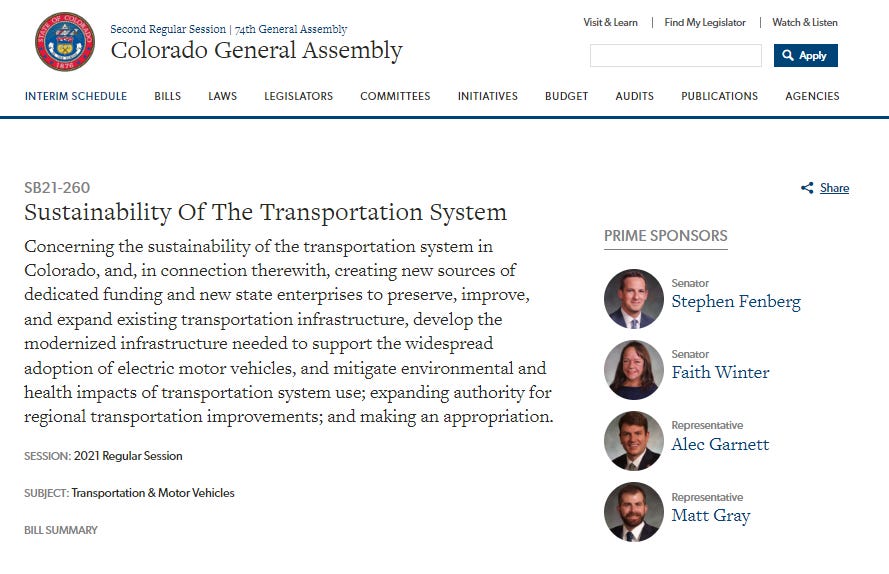



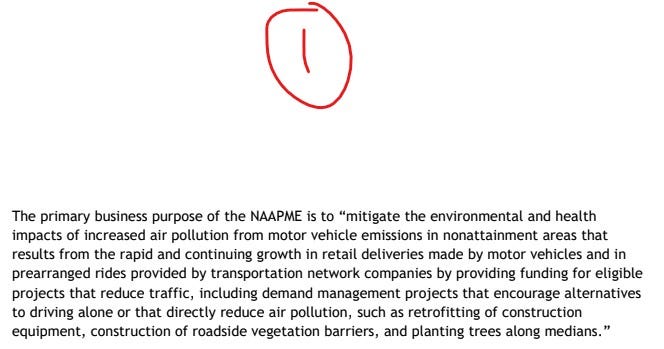



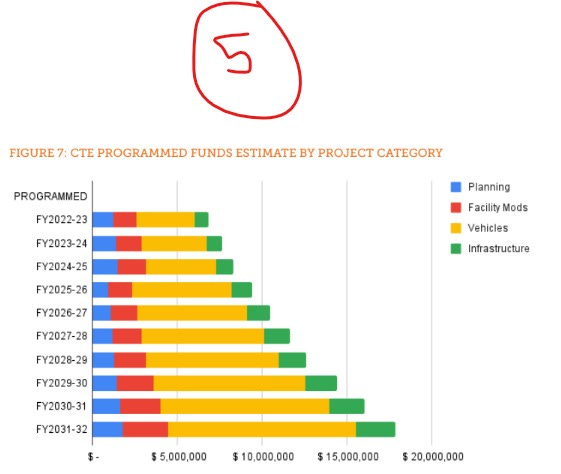
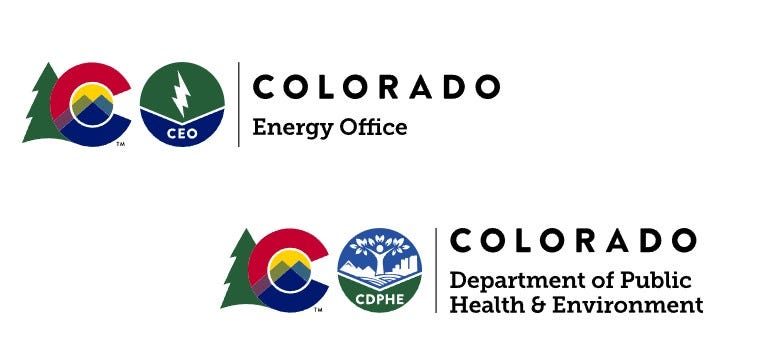
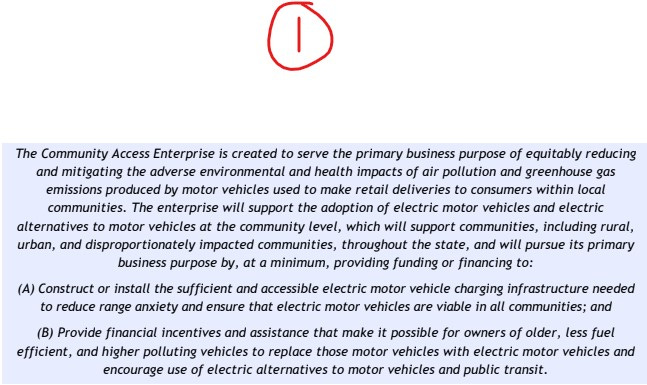

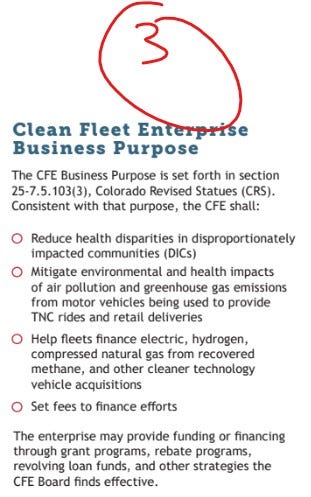
As usual, thanks for the good work!
Wow. What a great write-up about yet another government "bait and switch" program.
Thanks for highlighting this terrible example of another state transportation boondoggle.
...Instead of
"Promises Made, Promises Kept"
- this should be -
"Promises Made, Promises SWEPT!"